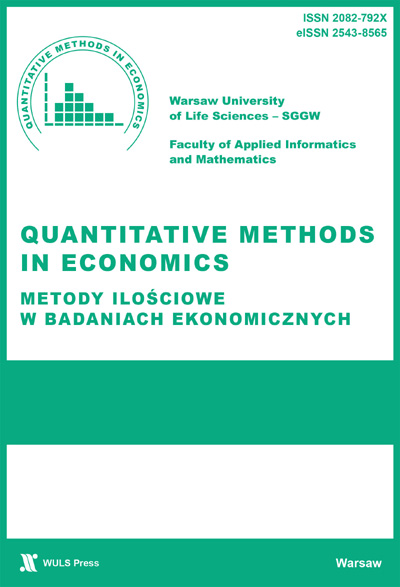Minimizing carbon footprint of biomass energy supply chain in the Province of Florence
Main Article Content
Abstrakt
The paper presents an approach for optimal planning of biomassenergy system based on carbon footprint minimization. A geographicalspatial demand driven approach is applied to assess the feasible ways fortransferring energy from renewable sources to district heating plants in theProvince of Florence (Italy). The proposed approach has been developed onthree levels. In the first one, the Province of Florence is partitioned into anumber of Regional Energy Cluster (REC) using a multidimensionalalgorithm of regionalization called SKATER. The variables used in SKATERmodel are related in order to realize sustainable policy for forest andagriculture biomass productions. In the second step a geographical fuzzymultiple attribute decision making model was applied to the selection ofbiomass district heating localization. Finally, in the third step a georeferenced Mixed Integer Linear Programming model based on resourcesupply-demand structure for carbon-minimization energy planning has beenapplied.
Article Details
Jak cytować
Bernetti, I., Ciampi, C., & Sacchelli, S. (2010). Minimizing carbon footprint of biomass energy supply chain in the Province of Florence. Metody Ilościowe W Badaniach Ekonomicznych, 11(1), 24–36. Pobrano z https://qme.sggw.edu.pl/article/view/3045
Statystyki
Downloads
Download data is not yet available.
Rekomendowane teksty
Licencja
Publikowane artykuły dostępne są na warunkach Open Access na zasadach licencji Creative Commons CC BY-NC – do celów niekomercyjnych udostępnione materiały mogą być kopiowane, drukowane i rozpowszechniane. Autorzy ponoszą opłatę za opublikowanie artykułu.

